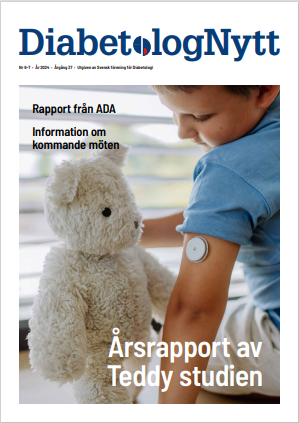According to a new consensus statement from the American Diabetes Association and the American Geriatrics Society, treatment goals for older adults with type 2 diabetes should take into account life expectancy and the presence of comorbidities
The statement, which represents the opinion of the authors and not the official position of the organizations, was published online October 25 in both Diabetes Care and the Journal of the American Geriatrics Society.
Lead author M. Sue Kirkman, MD, senior vice president, Medical Affairs and Community Information at the American Diabetes Association in Alexandria, Virginia, stated that, ”Older patients are extremely heterogeneous in terms of duration of diabetes, comorbidities, and life expectancy. Individualization and consideration of patient preferences and goals, which are important for all patients with diabetes, are especially so in this age group.”
More than 25% of the US population aged 65 years and older has diabetes, yet those with multiple comorbidities are typically excluded from randomized controlled treatment trials (RCTs), the authors note.
Dr. Kirkman said that, ”Older adults are disproportionately burdened by diabetes and its acute and chronic complications. There are problems both with overtreatment of some older patients and undertreatment of others.”
The statement provides a ”framework” for consideration of treatment goals for glycemia, blood pressure, and dyslipidemia among adults aged 65 years and older with diabetes, based on 3 broad groupings:
1) healthy, with few coexisting chronic conditions and intact cognitive and functional status;
2) complex/intermediate, with multiple coexisting chronic illnesses or 2 or more impairments in activities of daily living or mild to moderate cognitive impairment; and
3) very complex/poor health, in long-term care or with end-stage chronic illnesses or moderate to severe cognitive impairment or with 2 or more activities of daily living dependencies.
Life expectancy is taken into account for each group, and treatment goals are adjusted accordingly.
For example, an individual in the first group, with longer life expectancy, might be given a target hemoglobin A1c level of less than 7.5% (comment Mono-S Sweden 6,5%, 57 mmol/mol). In the second group, the target might shift to less than 8% to minimize the risk for hypoglycemia and falls. For the third group, with limited remaining life expectancy and uncertain benefit of treatment, a goal of less than 8.5% might suffice.
The authors stress that the groupings are just general concepts. Not every patient will fall into a particular category, and consideration of patient/caregiver preference is an important aspect of individualized treatment. In addition, a patient’s status may change over time. ”One can’t use a one-size-fits-all mindset, or protocols driven by age alone,” Dr. Kirkman said.
In an interview with Paul Jellinger, MD, a former president of the American Association of Clinical Endocrinologists, he stated that, ”It is important to not allow age itself dictate therapy. We have all seen patients in their 70s and 80s far healthier than many chronologically younger individuals. Individualizing therapy is the name of the game.” ”While one could argue with the specific A1c goals as outlined in this statement, the principle of higher goals for increasing comorbidities is quite appropriate”
The statement also provides additional consensus recommendations regarding screening for and prevention of diabetes, management approaches and screening for complications, pharmacotherapy, and management in settings outside the home.
Among them:
1) Older adults should be screened for prediabetes and diabetes as long as they will be likely to benefit from identification of the condition and subsequent intervention.
2) Physical activity and medical nutrition therapy should be encouraged, using simple teaching strategies.
3) Older adults should be screened periodically for cognitive dysfunction, functional status, and fall risk.
4) Older patients should be assessed for hypoglycemia regularly, and their therapy changed if it occurs frequently or is severe.
5) Glyburide should be avoided. Metformin is the preferred initial therapy for type 2 diabetes, as with younger adults, but doses might need to be lowered for patients with severe chronic kidney disease.
6) Use of sliding-scale insulin regimens alone is discouraged in settings outside the home.
Dr. Jellinger added, ”I would try and avoid all sulfonylureas — not just glyburide — in the elderly, since all su’s are associated with hypoglycemia, particularly in the elderly.” However, ”occasionally, the judicious use of very low doses of su’s may be helpful in otherwise healthy older patients with relatively short duration of diabetes.”
Incretin-based therapies appear to be safe and effective in this population when metformin alone is inadequate or when metformin cannot be used, he added.
Diabetes Care. Published online October 25, 2012. J Am Geriatr Soc. Published online October 25, 2012.
From www.diabeetsincontrol.com
Nyhetsinfo
www red DiabetologNytt





